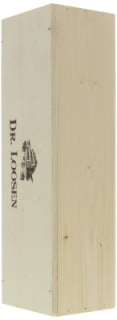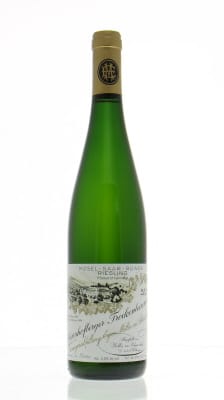The history of wines from Germany
Germany boasts an illustrious history of winemaking that stretches back millennia, influenced by the Romans and regulated by Charlemagne in the 8th century. In the 19th century German wines, particularl those from the Mosel and Rhine regions were highly esteemed.
The Riesling grape variety has been at the heart of winemaking since the 15th century. While vineyards were once abundant in Germany they faced challenges from changing climates and competition from beer and foreign wines. However Riesling experienced a resurgence in the 1990s becoming the grape variety in Germany with over 60% market share. This revival, known as the "Riesling Renaissance " was driven by a growing preference for high quality wines.
The accidental discovery of spätlese wine in 1775 brought a chapter to German winemaking. The term "Kabinett" is believed to have originated from monks who stored their wines in a part of their cellar known as the Cabinet.
German Eiswein or ice wine traces its roots back to Dromersheim in 1830 when frozen grapes were pressed to produce an distinctive wine. Initially disregarded for their quality these grapes were later harvested during winter, for livestock feed.
Surprisingly when they squeezed those grapes they turned into a sweet and flavorful juice leading to the discovery of ice wine.
Back, in 1872 European vineyards were devastated by phylloxera, a pest from North America. The solution came through grafting vines onto American rootstock; however this led to the loss of many native grape varieties. Subsequently European viticulture suffered setbacks during the World Wars resulting in a reduction in vineyard area. Following World War I, the global demand for wines. Took years to bounce back. Moreover Alsace Lorraine, Germanys largest wine region, officially became part of France in 1919. It is now known for its exquisite aromatic and spicy white wines.
After World War II the German Wine Institute was established as "Deutsche Weinwerbung GmbH" (German Wine Promotion) with a mission to revive Germanys winemaking heritage. Their dedication and hard work earned German wines recognition.
In a turn of events in 2001 in Germany; wine surpassed beer in popularity for the time ever. Germans began allocating a portion of their budget to wine, than beer.
The intricate and sometimes confusing labels, on wine bottles have made it challenging for them to gain the right recognition. Furthermore there are still those who link German wine with the quality of the slightly sweet wines of the 1970s and 1980s. However an increasing number of wine enthusiasts are beginning to appreciate the currentquality of wines. As perceptions shift and evolve German wines are starting to receive the recognition they truly deserve.
Among the grape varieties grown in Germany Spätburgunder—known globally as Pinot Noir—stands out as the widely cultivated red grape. It ranks third in terms of plantings trailing behind the Riesling and the consistently strong Müller Thurgau grape.




